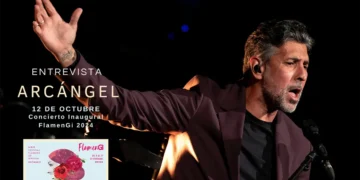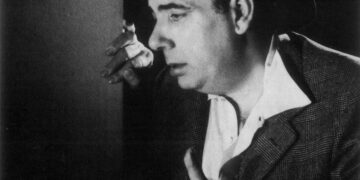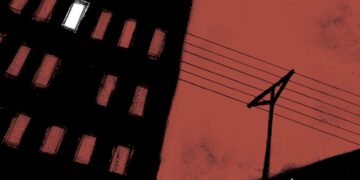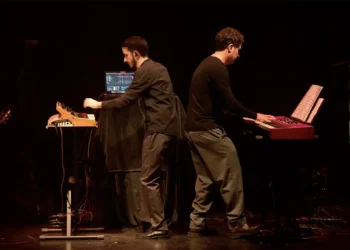|
|
|
SPECIAL BIENAL DE FLAMENCO DE SEVILLA 2008 Texto: Estela Zatania Voice and gutar: Diego Carrasco with the special collaboration of Miguel Poveda (cante), Alfredo Lagos (guitar) and Moraíto (off-stage voice). “Jarcha”. Chorus and palmas: “Las Peligro”, Joaquina Amaya, Carmen Amaya, Samara Amaya. La band: Guitarras: Curro Carrasco from Navajita, Fernando Carrasco. Bass: Ignacio Siintado. Electric guitar: Jorge Vidal. Drums: Juan Grande. Percussion: Ané Carrasco. Percussion and chorus: Luisito Carrasco. While they’re saying to turn off our mobile phones and no photos may be taken, I glance at the program and see the names of the performers, but no list of themes. I’m not surpirsed however; It’s because on this night at the Lope de Vega theater in Seville, Andalusia, Spain, Planet Earth there is only one theme, and it’s called Diego Carrasco. In this show he invents a persona that is little different from his own true one, that of an entertaining devil who makes you hope you end up down there with all the sinners because they’re having a great time and there’s lots of rhythm. Diego fills the stage with his dynamic personality, and never allows himself to take on airs as other stars do. The incorrigible old fox Carrasco adds new dimension to the word “carisma”. His appearance on stage, after the unmistakable voice of Moraíto, the devil, talking about the compás demons and the levels of humanity, among other important topics, after a guitar introduction by Alfredo Lagos and the three Peligros dressed in white like angels from hell, is spectacular and triggers thunderous applause. This man who was raised on the most rancid flamenco in the Santiago neighborhood of Jerez, translates his distilled life experience to his own language to deliver on a platter the fairy-tale which is Jerez, and chase away the bad spirits. “Rojo, blanco y añil”, “La canción del mariquita” and other representative creations are the musical framework upon which Carrasco hangs his expansive personality. He moves around the stage and life wrapped in an invisible compás shield, and in his head the sound of bulerías is always playing, governing each instant, each syllable, and nourishing his fertile imagination. Diego has achieved what every artist in every field strives for: an absolutely unique personality. “José Monge Cruz” is again “presente!” as Carrasco’s famous song about Camarón says, and equally revered and remembered by Diego, who is always looking back over his shoulder to the past, are Romero Sanjuán, Luís de la Pica, Farruco, Paquera, Sordera, Chocolate and many others. Even his underestimated ability to dance would not be possible with that basis. The exquisite sound of the classical choral group Jarcha is another pretext for our man to prance around in compás, and when Miguel Poveda joins the mix, we are treated to the best number in the show, with overlapping voices and music, a precious jewel of derivative flamenco that will go down in history. Other critics will talk about the problems with the sound system, the microphone transmitter that fell from Diego’s pocket and which he quickly turned into a pretend telephone, or the other mike that just went on strike, without any of this taking away from the impact of the popular bulería “Alfileres de Colores” sung by Poveda and Diego. This is the small price we pay in exchange for enjoying the spontaneity and endless genius of Diego Carrasco.
|



 XV BIENAL DE FLAMENCO DE SEVILLA
XV BIENAL DE FLAMENCO DE SEVILLA



















